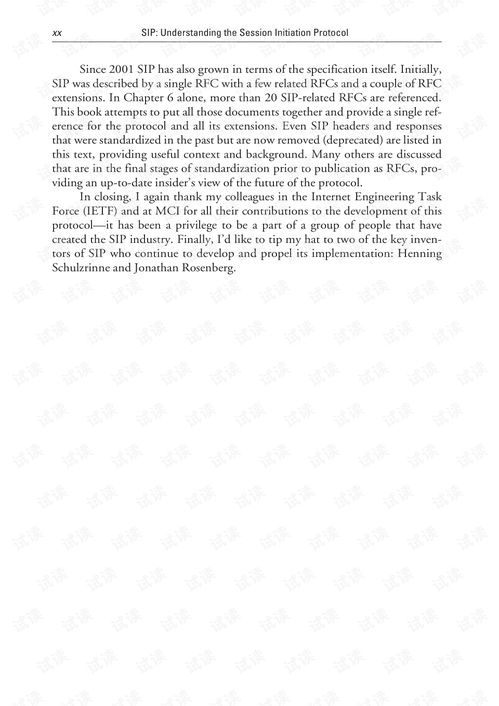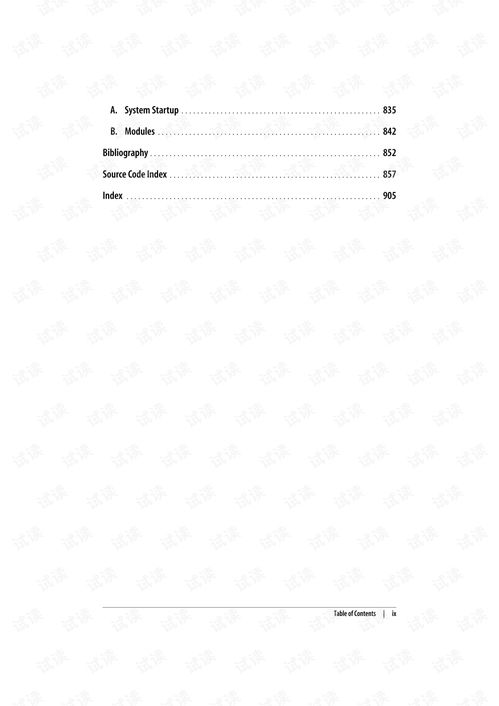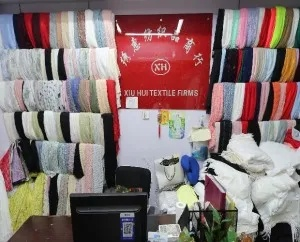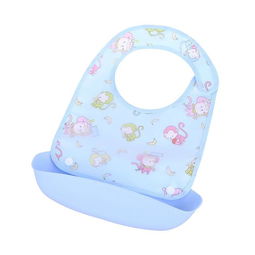Understanding the Composition of Textile Printing Inks:A Comprehensive Guide
This comprehensive guide aims to provide a thorough understanding of the composition of textile printing inks. The guide covers various aspects such as the types of inks used, their properties and characteristics, and how they are applied to different fabrics.,The first section discusses the different types of inks used in textile printing, including water-based and solvent-based inks. It also explains the importance of selecting the right ink for each type of fabric and application.,The second section focuses on the properties and characteristics of inks, such as viscosity, pH, and opacity. It provides information on how these properties affect the performance of the ink and how they can be adjusted to meet specific requirements.,The third section covers the application of inks to different fabrics, including cotton, linen, and synthetic materials. It provides guidance on how to prepare the fabric and apply the ink to achieve optimal results.,Overall, this guide is an essential resource for anyone involved in textile printing, providing a comprehensive overview of the composition and application of inks.
Introduction: Textile printing inks are a crucial component in the manufacturing process of various textile products, from clothing to home decor. They serve as the foundation for creating intricate designs and patterns that add color, texture, and visual interest to fabrics. The quality and performance of these inks can greatly impact the end product's durability, washability, and overall aesthetic appeal. This guide aims to provide an overview of the key components in textile printing inks, including their chemical composition, applications, and potential benefits and drawbacks. By understanding the ingredients used in these inks, you can make informed decisions when selecting or using them in your own projects.
Chemical Composition: Textile printing inks are typically made up of several different chemicals, each with its unique properties and roles in the final product. Here is a table outlining some of the main components in common textile printing inks:

| Chemical | Function/Role |
|---|---|
| Water | Main solvent |
| Alcohols (e.g., ethanol) | Preservative, helps dissolve other components |
| Resin | Adhesive, binds the ink with the substrate |
| Emulsifiers (e.g., sodium lauryl sulfate) | Helps maintain the emulsion stability |
| Colorants (e.g., dyes) | Changes color on application |
| Pigments (e.g., titanium dioxide) | Adds white or gray tones |
| Acidic compounds (e.g., acetic acid) | Acts as a catalyst for the reaction |
| Solvents (e.g., acetone) | Optional, can help dissolve other components |
Applications: Textile printing inks are designed to be applied to fabrics through various methods, depending on the desired outcome and complexity of the design. Some of the most common methods include:
- Screen printing: In this method, the ink is applied through a mesh screen onto the substrate using a squeegee or roller. The screen has tiny openings that allow only small droplets of ink to pass through, resulting in precise patterns.
- Pad printing: This technique involves applying the ink directly onto the fabric using a pad or roller, which is then pressed onto the substrate.
- Lithography: This method uses a photosensitive ink that reacts with light to create a permanent image on the fabric.
- Offset printing: This is a more traditional method where the ink is transferred from a plate to the fabric using a blanket or cylinder.
Benefits and Drawbacks: The benefits of using textile printing inks depend on the specific application and desired outcome. Here are some advantages and disadvantages to consider:
Advantages:
- High resolution and detail: Textile printing inks can produce high-quality images with fine lines and complex patterns.
- Durability: Many inks are water-resistant and can withstand washing and wear without fading or loss of color.
- Versatility: Textile printing inks can be used for a wide range of applications, from fashion to industrial use.
Disadvantages:
- Cost: Textile printing inks can be expensive due to the high cost of raw materials and specialized equipment needed for certain processes.
- Environmental concerns: Some inks may contain harmful chemicals that can harm the environment if not disposed of properly.
- Limited lifespan: While many inks are durable, they may require frequent reapplication or maintenance to maintain their appearance over time.
Case Study: One example of a successful textile printing project using a custom blend of inks is the creation of a linen shirt by a local fashion label. The brand wanted to introduce a new line of casual wear that was both stylish and eco-friendly. To achieve this, they partnered with a supplier who specializes in developing sustainable textile printing inks made from natural materials like soy-based resins and organic pigments. The result was a linen shirt that not only looked great but also had a low environmental impact. The brand's customers were thrilled with the unique look and feel of the fabric, while also supporting a cause they believed in.
Conclusion: Textile printing inks play a crucial role in the production of high-quality textile products. By understanding the chemical composition and applications of these inks, you can better understand how they contribute to the final product's success. Whether you're a designer working on a new collection or a consumer looking for unique pieces, investing in high-quality inks can pay off in terms of both aesthetics and sustainability. So next time you're considering your next textile project, consider what kind of inks will best suit your needs and goals.
纺织品印花油墨概述
纺织品印花油墨是用于印刷图案和文字的化学材料,其成分含量直接关系到印花效果、耐久性以及环保性,本篇将详细介绍纺织品印花油墨的主要成分及其含量。
主要成分及其含量
颜料
纺织品印花油墨的主要颜料包括染料和颜料,染料用于提供色彩,而颜料则用于增加油墨的耐磨性、抗褪色性以及印刷效果,常见的颜料包括染料和染料微粒,它们各自具有不同的性能特点,某些颜料具有高牢度,适用于需要高耐久性的纺织品;某些颜料具有鲜艳的色彩,适用于需要高视觉吸引力的纺织品。
以下是部分常见颜料及其含量:

(数据来源:行业报告)
助剂
油墨中还包含许多助剂,它们有助于提高油墨的流动性、粘附性、干燥速度等性能,常见的助剂包括粘合剂、防潮剂、防氧化剂等,这些助剂的具体含量取决于印花工艺和需求。
以下是部分常见助剂及其含量:
(数据来源:配方设计)
其他成分
除了颜料和助剂外,纺织品印花油墨中还可能包含其他辅助成分,如稳定剂、防霉剂等,这些成分的含量需要根据具体需求进行确定。
案例说明
以某纺织品印花油墨为例,其成分含量如下:
(案例说明:某纺织品印花油墨配方)
该油墨主要使用染料作为主要颜料,同时添加了适量的助剂和其他辅助成分,染料的种类和含量根据不同的印花工艺和需求进行调整,该油墨可能使用高牢度染料以提高耐久性,使用鲜艳色彩染料以增加视觉吸引力,该油墨还添加了防潮剂、防氧化剂等辅助成分以提高油墨的稳定性、防潮性能等。
纺织品印花油墨的成分含量直接关系到印花效果、耐久性以及环保性,在设计和生产纺织品印花油墨时,需要综合考虑颜料、助剂和其他辅助成分的含量,以确保印花效果满足需求,同时降低环境污染,随着环保意识的提高,纺织品印花油墨的环保性也成为了一个重要的考虑因素,在配方设计和生产过程中,需要遵循相关的环保标准,确保油墨的环保性能符合要求。
Articles related to the knowledge points of this article:
在商丘纺织品一条街的被子批发市场中,我们深入探索了各种纺织品和被子的种类与品质。今天,让我们一同走进这个充满生活气息的市场,感受其中的温暖与舒适
The Standardization of Textile Dimensions and Its Impact on Global Trade
New Area Manufacturing Needlecraft Textiles Wholesale Prices



